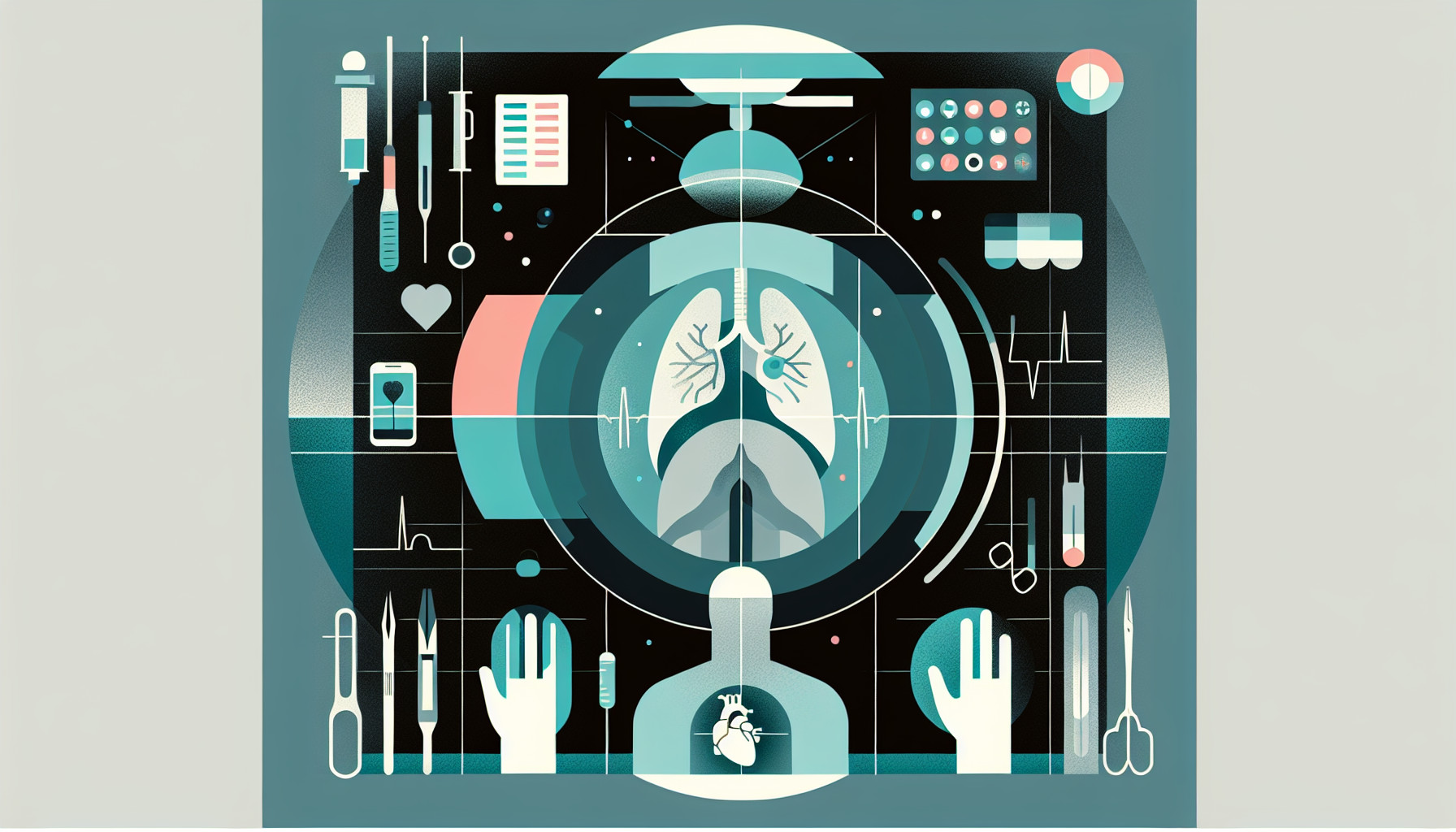Our Summary
More and more women are asking for preventive mastectomies (removal of breasts) with immediate reconstruction due to a risk of breast cancer. Some prefer to keep their nipple and/or areola (the dark area around the nipple), but safety of these methods is still debated. After areola-sparing mastectomy (ASM - removal of breast but keeping the areola), traditional nipple reconstruction methods can sometimes be unsatisfactory and cause a deep groove around the new nipple. This study describes a new technique to fix these problems and compares three types of mastectomy: skin-sparing mastectomy (SSM - removal of breast but keeping the skin), ASM, and nipple-sparing mastectomy (NSM - removal of breast but keeping the nipple).
The study looked at 467 breast reconstructions in 351 patients between 2011 and 2017 at the University Hospital of Gent. The patients filled out a questionnaire about their experiences and the researchers analyzed the results and compared them with their demographic information.
They found that patients who had nipple reconstruction after ASM had similar rates of wound problems, extra surgeries to fix loss of nipple projection and necrosis (cell death) as those who had SSM. In terms of satisfaction with their breasts and the outcome, patients who had NSM reported lower scores than SSM and ASM patients. ASM patients seemed to have a higher satisfaction with their nipple than the other two groups.
The conclusion is that ASM is a good alternative to NSM and leads to a good aesthetic result and patient satisfaction.
FAQs
- What is the difference between nipple-sparing mastectomy, areola-sparing mastectomy, and skin-sparing mastectomy?
- What are the common complications after areola-sparing mastectomy and nipple reconstruction?
- Do patient satisfaction scores differ among those who undergo nipple-sparing mastectomy, areola-sparing mastectomy, and skin-sparing mastectomy?
Doctor’s Tip
One helpful tip a doctor might tell a patient about nipple reconstruction is to consider areola-sparing mastectomy (ASM) as an alternative to nipple-sparing mastectomy (NSM) for a good esthetic result and patient satisfaction. ASM can lead to similar rates of wound problems, extra surgical procedures for loss of projection, and necrosis compared to traditional techniques, but may result in higher satisfaction with the nipple according to patient-reported outcomes.
Suitable For
Patients who have undergone skin-sparing mastectomy or areola-sparing mastectomy are typically recommended for nipple reconstruction. These patients may have experienced issues with traditional nipple reconstruction techniques, such as a deep groove around the new nipple, and may benefit from a technique to overcome these issues. Nipple-sparing mastectomy patients may also be recommended for nipple reconstruction to improve esthetic outcomes and patient satisfaction.
Timeline
Before nipple reconstruction:
- Patient undergoes mastectomy surgery (skin-sparing mastectomy, areola-sparing mastectomy, or nipple-sparing mastectomy).
- Patient may experience wound healing and recovery from the mastectomy surgery.
- Patient may undergo breast reconstruction surgery, either immediate or delayed.
- Patient may have a period of time without a nipple, leading to potential feelings of insecurity or dissatisfaction with the aesthetic result.
After nipple reconstruction:
- Patient undergoes nipple reconstruction surgery, which can be performed using various techniques.
- Patient may experience some discomfort and swelling in the surgical area following the procedure.
- Over time, the new nipple undergoes a healing process and settles into its final appearance.
- Patient may feel more satisfied with the overall aesthetic result of their breast reconstruction.
- Patient may experience improved self-confidence and body image following the completion of the nipple reconstruction process.
What to Ask Your Doctor
- What are the potential risks and complications associated with nipple reconstruction after mastectomy?
- How long does the nipple reconstruction procedure take and what is the recovery time?
- What are the different techniques for nipple reconstruction and which one would be most suitable for my individual case?
- Will I need additional procedures or touch-up surgeries after the initial nipple reconstruction?
- How realistic can I expect the appearance of the reconstructed nipple to be?
- How will the sensation in the reconstructed nipple compare to a natural nipple?
- Are there any limitations or restrictions on activities following nipple reconstruction surgery?
- How will the reconstructed nipple age over time and will it require any maintenance or adjustments in the future?
- What are the expected outcomes in terms of symmetry and overall aesthetic appearance of the reconstructed nipple?
- Are there any specific post-operative care instructions or precautions I should be aware of for optimal healing and results?
Reference
Authors: Opsomer D, Vyncke T, Depypere B, Stillaert F, Van Landuyt K, Blondeel P. Journal: J Plast Reconstr Aesthet Surg. 2021 Jun;74(6):1223-1228. doi: 10.1016/j.bjps.2020.10.082. Epub 2020 Nov 9. PMID: 33279428
